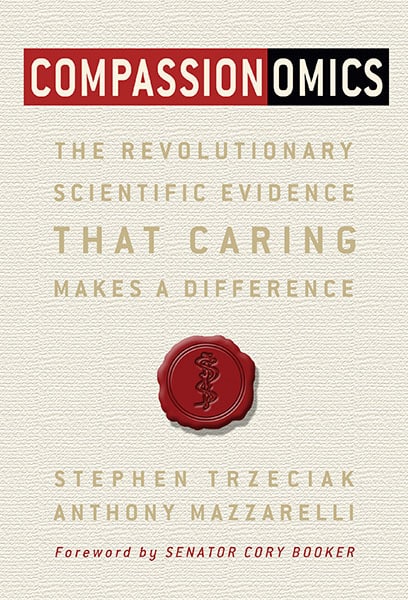
A respected colleague within your department is leading a Process Improvement project. “PI Update” is an agenda item at the monthly department meeting and as the department chair, you invited her to provide the latest results. There are aspects of the project that you think are missing and need to be worked on. The meeting ends and she asks you, “What do you think?”
In a previous blog post, I wrote about receiving feedback well. The other side of the feedback coin is being able to share feedback. Giving feedback for physicians is not easy, and leaders often find themselves avoiding the task. In my experience as a Physician Development Coach, part of the challenge is developing the confidence to be comfortable giving feedback to our colleagues.
I work with Physician Leaders who are responsible for achieving results, and most of us are comfortable with telling people what steps to follow when performing a procedure or sharing factual knowledge to clinicians so they can compile a broad differential diagnosis. Explaining tested and proven facts to someone so they do a job better – no problem. Sharing what we think of someone’s performance to help them thrive as they lead – Houston, we have a problem.
A lot of physicians rarely have to assess another person’s performance. Sure, we’ve completed an evaluation populated with standardized questions and top box scoring from our laptop, hiding behind the mask of anonymity on the internet. But when was the last time you had a live, face-to-face conversation where you told a colleague how they were doing? Heart rate starting to rise, just thinking about it? Wondering where you would begin? It is not as daunting as it may seem, if you follow a few steps that I learned from coaching.
As a quick refresher, feedback is not a measure of someone’s merit. It provides information that lets the other person know your personal preferences and opinions as it relates to their behavior. Feedback is specific, descriptive, behavioral-based, and it offers forward movement for growth. Keep in mind that a feedback-focused conversation is not a time for radical candor or adornment of superficial praise. Instead, it is an opportunity to help your colleague thrive and excel.
Now that we’ve explored the purpose of feedback, let’s revisit the scenario involving you and your colleague. She wants your feedback and it’s your chance to give it to her. Before telling her what you think, I suggest you get a feel for what is on her mind. It’s important to start on the right foot. No one intentionally wants to hurt someone’s feelings; quite the opposite. Whether the feedback is to redirect or reinforce the behavior, it is imperative to replace judgment with empathy.
One way to initiate the conversation is, “Sure, we can talk about the project. But first, I’d like to hear what you think is working well?” By kicking off the discussion with a positive question, you encourage the other person to reflect on the positive aspects, which taps into that individual’s best thinking. It also lets the other person know you are willing to listen. Giving feedback well isn’t just about what you say or what you don’t say, it’s also about listening to others to understand their point of view to help them learn and grow. We can only do so if we keep an open mind and set the stage for a meaningful two-way conversation, as opposed to a performance dissection.
Consider these questions when giving feedback about performance:
- What is my reaction to their performance? How can I objectively express my reaction without shaming or blaming them?
- Where exactly did they positively grab my attention? Where exactly did they lose me?
- What information might I not know? What is going through their mind?
- What are specific behaviors for them to continue? What are specific behaviors for them to reconsider?
- Where do they believe they are struggling? Where do they think they are doing well in accomplishing the goal?
- What have they done in the past that worked in a similar situation?
- What do they already know they need to do? What support might they need from me?
Giving feedback, positive or negative, doesn’t have to be intimidating. We can create forward-moving memories that foster excellence when we OPEN UP (Be Objective, state the Purpose, exhibit Empathy, share Now – immediate feedback is more effective — listen to Understand the other person’s position, and Practice and Plan). Engage by asking questions and listening to explore deeper with your colleagues. Encourage and integrate feedback conversations on an ongoing basis using these tips. The experience gets easier with practice, for you and the receiver, when you assume a posture of curiosity.
Teresa Dean Malcolm, MD, FACOG, MBA, CPE, CPXP, is zealous in her belief that an exceptional experience in clinical care, the human(e) experience, is achievable through meaningful and authentic relationships with others. She has served in executive positions, integrating people with process and purpose, and successfully aligning the ideas of the team with a compelling vision. Her coaching philosophy, The Malcolm Method, is rooted in trust and supportive accountability. Through thought-provoking conversations, she strives to deepen the awareness of her physician clients and further their actions, thereby helping them to thrive as they lead. Dr. Malcolm (known to her friends and family as Terri) is a loving wife to her husband, Nate. Together they have three charming and athletic boys, Nathaniel, and twins, Roman and Colton.



